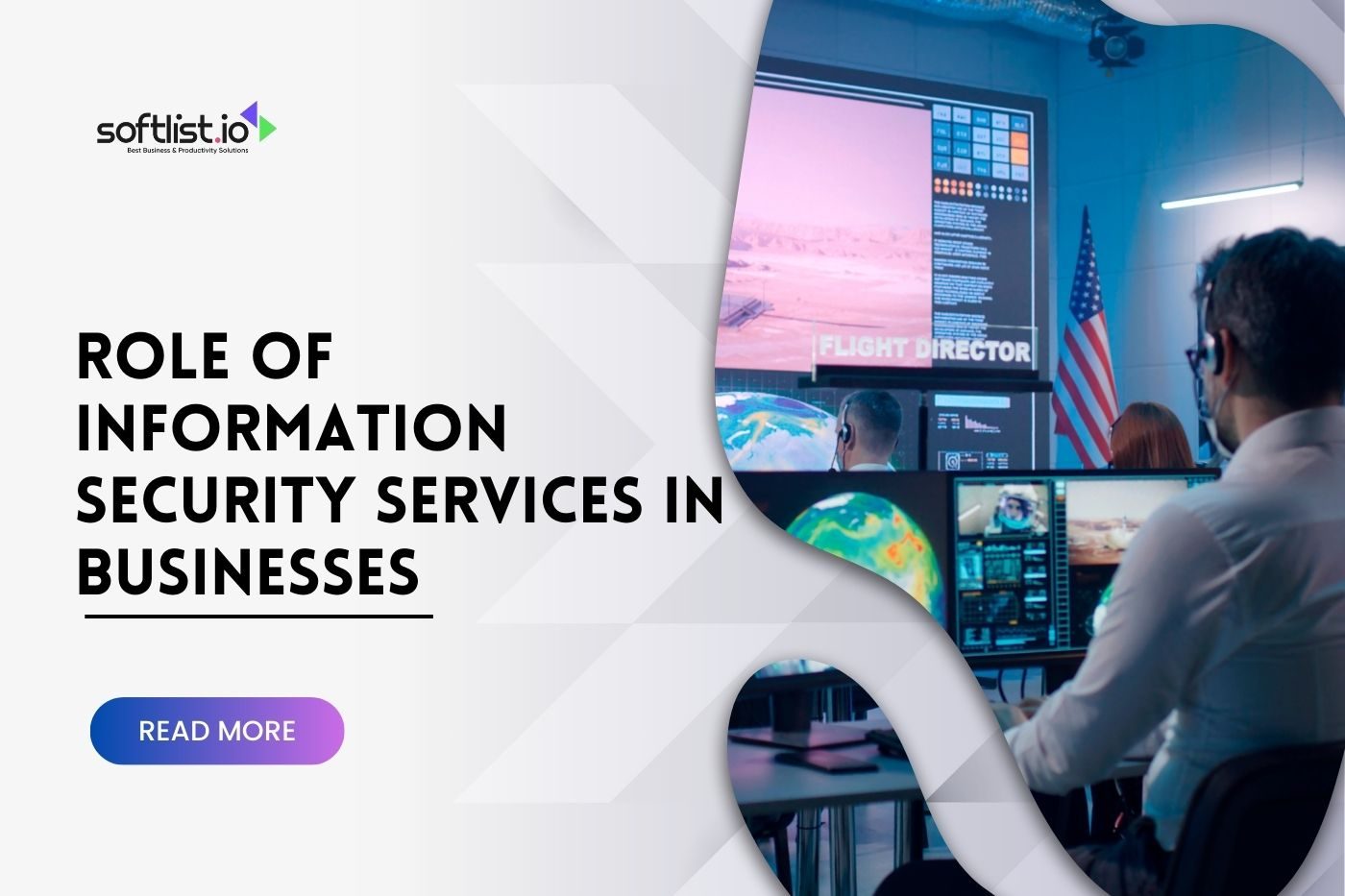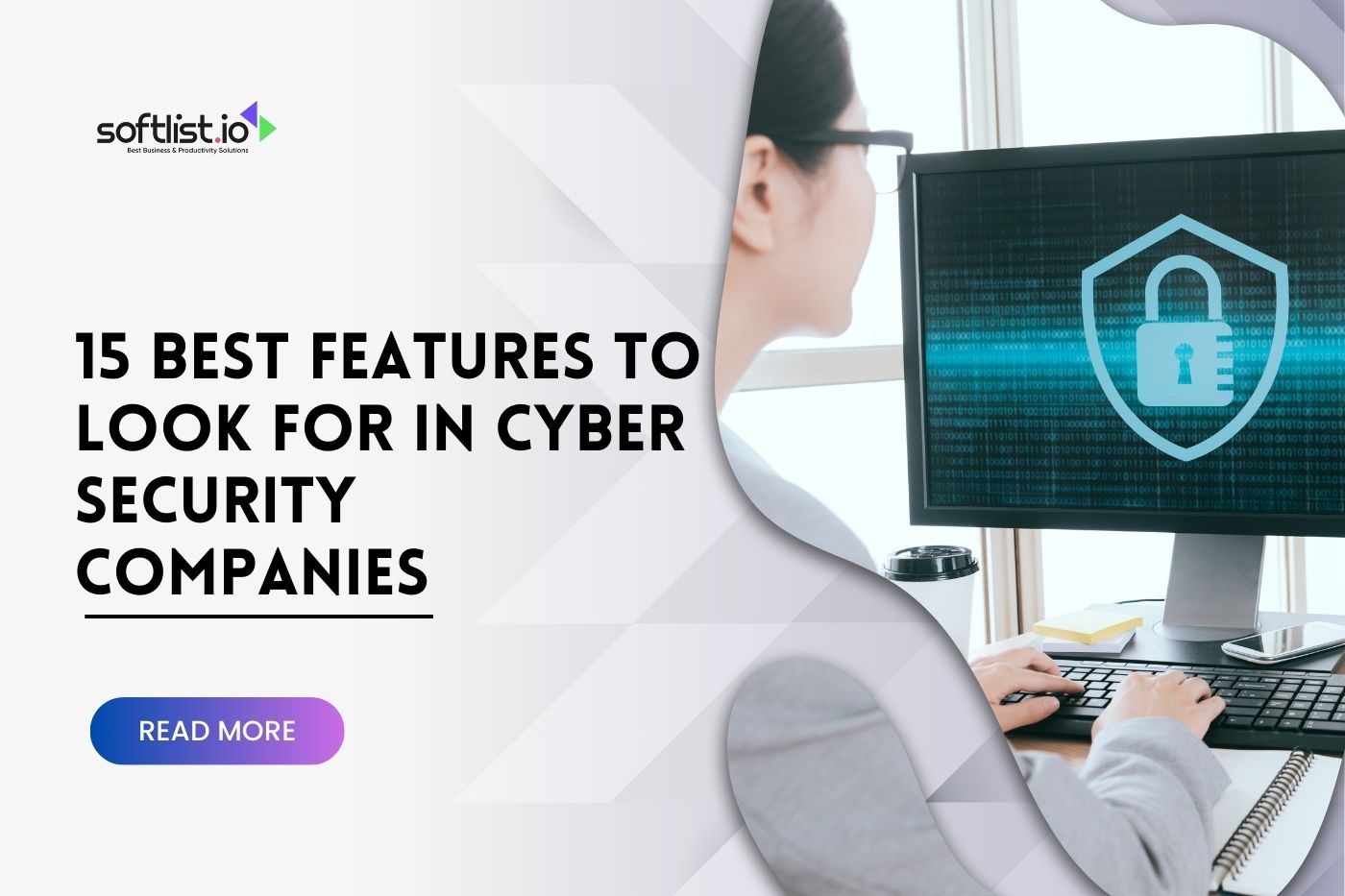Digital Rights Management (DRM) is a group of technologies that control who can use digital content. Owners must keep their work from being shared by other people without permission. DRM helps people who make, own, and use digital content. They can protect their rights to their intellectual property and decide who can see the information.
In this blog post, we’ll look at 15 ways you can use DRM to protect the rights of content creators and owners. We’ll discuss how DRM is used in the business and entertainment industries. It will help you understand why it’s becoming more critical in the digital age.
This post will help you understand how powerful and flexible DRM is, whether you make content, own it, or use it. So, let’s learn more about DRM and how it can keep digital content safe.
Protecting Intellectual Property Rights

It is one of the main reasons to use Digital Rights Management. DRM software is a technology that controls and limits how you can use digital content like music, videos, and e-books.
This ensures that the people who made and owned the content get paid fairly for their work. DRM is a way to protect the rights of the people who make and hold content. It does this by giving them control over how their work is shared and used and by making it harder for others to copy or share the content without permission.
DRM technologies can ensure that people are working hard to make content get paid for it. Also, their workplace rights are respected and kept safe. Owners of intellectual property can protect it. With DRM, they can keep control of their work in the digital age.
Controlling Access To Digital Content
Digital Rights Management is also crucial for deciding who can see digital content. DRM technology is a way to make sure that certain people or devices can only use digital content. It lets the people who own the content decide who can see it and how it can be used. It is less likely that someone will steal or share your content without your permission, like online piracy.
DRM technology can limit how long you can use a piece of content or the number of devices that can play. It helps ensure that content stays safe and secure and that the people who made it still have control over their work. Content owners can ensure that only people who have permission to use their work can access it by using DRM. This stops people from using or sharing their work without their consent. So, DRM technology is crucial to control who can access digital content. It can help protect the rights of people who own content.
Enforcing Licensing Agreements

Ensuring licensing agreements are followed is an integral part of Digital Rights Management. People who own digital content can use DRM systems to set rules about how they can use it, and software controls can ensure these rules are followed.
It helps ensure the licensing agreements between the content owner and the end user. DRM makes it possible to keep track of licenses and ensure they are followed. It ensures that the content you can use it how it was meant to be used, and that content owners are paid fairly for their work.
Using DRM, owners of intellectual property like audio files can protect it. They can make sure that people respect their rights to their content.
DRM helps make sure that licensing agreements are kept. It controls who can see content and which devices can use it. It can track how it is used to ensure the deals are followed. DRM is a significant way to make sure that licensing agreements are kept.
Protecting Sensitive Information
Digital Rights Management is mainly used to keep private information safe. DRM technology is a way to keep sensitive digital data safe and limit who can access it. DRM technology lets you limit access to this data to people who can see it and control how it can be used or shared.
This helps keep sensitive data like confidential employee data from being hacked, stolen, or used in a way that isn’t intended. It makes sure that digital assets stay private and safe. You can use DRM technology to set the rights of specific users and stop sensitive information from being printed or copied. It can handle getting information to people through email and other channels.
Businesses can protect sensitive data and ensure it is used safely and ethically by using DRM. This makes it less likely that data breaches and other security problems will happen. DRM is an essential tool for keeping sensitive information safe. It helps protect the privacy and safety of digital information and prevents copyrighted material.
Preventing Piracy

One of the most important reasons to use DRM is to stop piracy (DRM). They created DRM so you can only use digital content in specific ways. It makes it easier for people to copy or share content with permission. You can use DRM to encrypt digital content and then protect it, making it harder for people who need the correct permissions to access or use it.
It can also track how content is shared and limit how many devices can play or get to it. Using DRM software, content owners can stop people from stealing their work and protect their intellectual property. It can ensure that their hard work and creativity are valued and paid for correctly.
So, DRM technology is a meaningful way to stop piracy and ensure that content creators get paid fairly for their work. Using DRM, content owners can help make the online world safer and fairer.
Providing Proof Of Ownership
When you use Digital Rights Management, showing proof of ownership is essential. DRM technology lets you set up and keep a secure record of data protection regulations that can’t be changed. This ensures that the owner of a piece of digital content can prove that they own it and protects their rights in case of a dispute.
DRM technology can link digital content to a specific owner and make an unchangeable record of this link. This can be very important when questions or arguments arise about who owns something.
By using DRM, owners of intellectual property can protect it. Even in the digital age, they can ensure that their content rights are respected. So, Digital Rights Management technology is a crucial way to prove ownership and ensure that content owners get paid fairly for their work.
Controlling Access To Educational Materials

Digital Rights Management is also crucial for deciding who can see educational materials (DRM). DRM is helpful in the field of education. You can use it to limit access to digital learning materials. Then, ensure they can use it by the rules set by the content owner.
DRM can restrict access to educational materials based on course enrollment. You can find out who the user is or how much time they have. This helps ensure that only authorized students and teachers can access educational materials and that they are used in a way that allows the educational institution to reach its goals.
You can also use DRM to stop people from sharing educational materials in specific ways, like in a related embed code. It can help lower the risk of piracy and other illegal use. By using Digital Rights Management, schools can decide who can use their digital learning materials and ensure they can use them safely and responsibly.
So, Digital Rights Management is a significant way to control access to who can use educational materials. You can then ensure they are used to help the school reach its goals.
Enabling Rental And Subscription Models
You can use Digital Rights Management in many ways, but one of the most important is to allow rental and subscription models. DRM technology makes it possible to restrict access to digital content based on rental or subscription models. It lets the people who own the content charge for each use.
You can use Digital Rights Management to limit access to content based on time, or it can be used several times. This means that digital content can be rented or sold as part of a subscription service. It can help people who own content and want new ways to make money.
With rental or subscription models, they can reach new groups of people. Digital Rights Management technology is essential because it makes it possible to rent things and pay users to utilize the subscription properly. It makes it easy and safe for people who own digital content to make money.
Using DRM, content owners can get new business opportunities and reach new audiences. They can protect their intellectual property while they do it. Then, ensure that their content is used per the licensing agreements.
Protecting Online Games

Digital Rights Management is another way to keep online games safe. The gaming industry can use DRM technology. It can limit who can play online games and ensure people follow the rules set by the content owner. Digital Rights Management licensing can restrict who can play online games based on who they are or their device.
It means that the game can only be played by people who have bought it or have permission. This makes it less likely that someone will steal or use online games without permission. DRM can also be used to ensure that license agreements are followed and to track how online games are shared.
It makes it possible to find and stop people who share games illegally in the media industry. By using DRM, game companies can protect their intellectual property and ensure their games are used safely and responsibly. So, DRM is an essential tool for keeping online games safe. It makes sure that game developers and publishers retain their rights.
Preventing Fraudulent Downloads
Digital Rights Management is also necessary to stop fake downloads. Digital Rights Management can prevent people who shouldn’t be able to get to digital content from doing so. It ensures that downloads are safe and can’t be changed. You can use DRM technology to restrict access to digital content based on the user’s identity, device, or other factors.
This means that You can stop fake downloads, and the risk of piracy is lower. You can also use DRM to keep an eye on and keep track of downloads. This makes it possible to find and stop fraud. This ensures that people who own content can protect their intellectual property and get paid fairly for their work.
So, Digital Rights Management technology is a meaningful way to stop people from downloading things they shouldn’t rely on torrent sites. It makes sure that digital content is used safely and well. DRM is a way for content owners to protect their rights and ensure that their digital content is used per the terms of their licensing agreements.
Managing Software Updates

Keeping track of software updates is also essential to Digital Rights Management. Software updates can be managed and controlled with the help of Digital Rights Management technology. This makes it possible to ensure that only people who can use a program can use the most recent version.
Digital Rights Management technology can limit access to software updates based on the user’s identity, device, or other factors. This makes it easier to track software updates and makes it less likely that they will be stolen. DRM can also be used to ensure that licensing agreements you can follow and track how software updates you can send.
This makes it possible to track the distribution of illegal software and stop it. Software companies can protect their intellectual property with the help of Digital Rights Management. It can make sure that its software is used safely and responsibly. DRM is an essential tool for managing software updates because of this. You can make sure that the licensing agreement for software is followed.
Monitoring Usage
You are keeping track of how Digital Rights Management can use is a big part of using it). You can use DRM technology to track and watch how digital content you can use, which can give helpful information about how digital content is used. You can use DRM to find where people live, how often and for how long they use something, and other helpful information.
With this information, it can make the content better. Then you might think of new ways to make money and learn more about how users act and what they like. You can also use DRM to make sure that licenses are followed. It can track how they are used to ensure the rules you can follow.
This helps ensure that people who create content are paid fairly for their work and their rights are protected. Digital Rights Management technology is a crucial way to track how digital content is used and ensure that you can use it safely and responsibly. Using DRM, the owners of digital content can protect their rights and learn a lot about how their range can use.
Controlling Distribution Of Pre-release Content

Digital rights management includes distribution before the product comes out. Digital Rights Management makes it hard to share content before it comes out. Only people who are allowed to can see content before it comes out. DRM can limit access to content before it comes out based on user, device, or other factors.
This cuts down on piracy and early access to content. Digital Rights Management can keep track of who is sharing material before it comes out. It finds and stops content that shouldn’t be there. Digital Rights Management keeps content safe before it comes out.
Digital Rights Management stops people from sharing things before they come out and makes specific licenses are followed. Digital Rights Management protects the rights of content owners before they publish.
Protecting Privacy
Digital Rights Management safeguards privacy. DRM can protect consumers’ privacy and stop unauthorized people from getting sensitive data. Digital Rights Management can encrypt digital content and limit access to sensitive information based on who the user is, what device they are using, or other factors. DRM can track digital material usage. It finds sensitive data and keeps people from getting to it without permission. DRM helps people who own content and people who use it keep private information private.
Digital Rights Management protects privacy and ensures that digital content is used responsibly with the end-user license agreement. DRM helps content owners and users keep sensitive data safe from people who shouldn’t be able to see it.
Providing Security For Cloud-based Services

Cloud services are safe because of Digital Rights Management. DRM can protect cloud-based services and digital content by keeping them safe. Digital Rights Management can encrypt, limit, and track how digital content is used.
It keeps data stored in the cloud safe from theft and unauthorized use. DRM protects cloud-based services, including online storage, backups, and collaboration. Digital Rights Management protects digital content that content owners store in the cloud.
DRM technology protects cloud-based services and ensures that digital content you can use responsibly. Digital Rights Management prevents unauthorized access to content stored in the cloud.
Frequently Asked Questions
What are examples of digital rights management?
DRM solutions include licenses and keys for software, as well as protocols for user authentication and IP authentication. It also has proxy servers, virtual private networks (VPNs), and regional restrictions or geoblocking. Products that only work with specific hardware or software are also included.
How is digital rights management used?
DRM lets authors, musicians, and others who make content stop people from using it. It can also protect their profits and give them more control over how their products are sold. Businesses can use digital rights management to limit who can see private information.
What is the importance of digital rights?
People have digital rights that let them access, use, make, and share digital media. They know how to use computers, cell phones, and other electronic devices. Freedom of speech and privacy are closely linked to these rights. In the Internet age, digital rights have been added to human rights.
Final Thoughts
In conclusion, DRM helps people who make, own, and use digital assets in many ways. DRM is a valuable piece of digital tech. It controls digital asset access and prevents piracy.
As the use of digital materials grows, creators, owners, and users need to know how DRM can protect their rights. DRM can defend and control your work in business, entertainment, or any other field that uses digital assets.
If you want to learn more about DRM and how to use it, keep looking into it and keeping an eye on DRM trends. Knowing how DRM works is essential for keeping everyone safe in the digital world, whether you make, own, or use the content.






